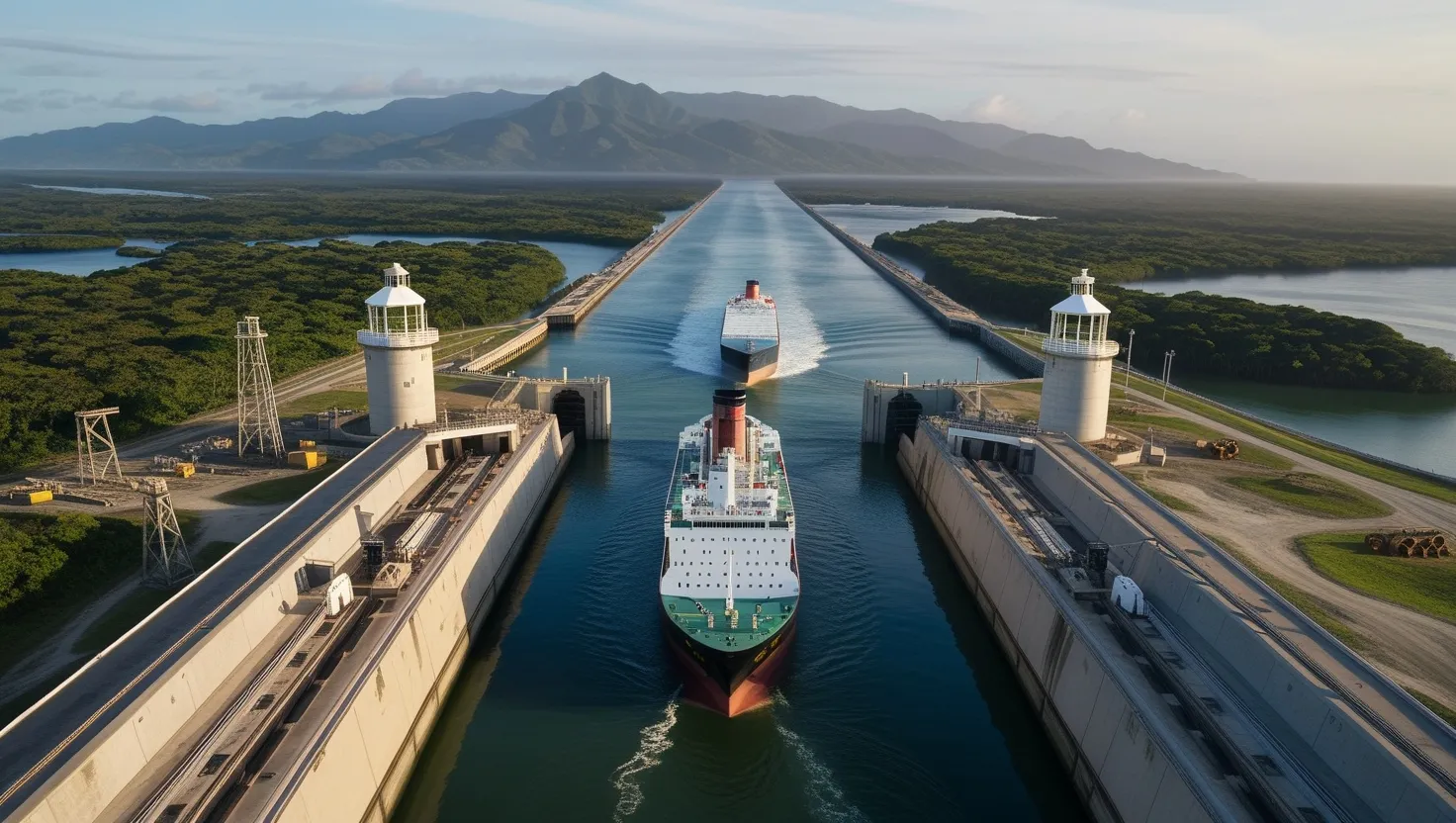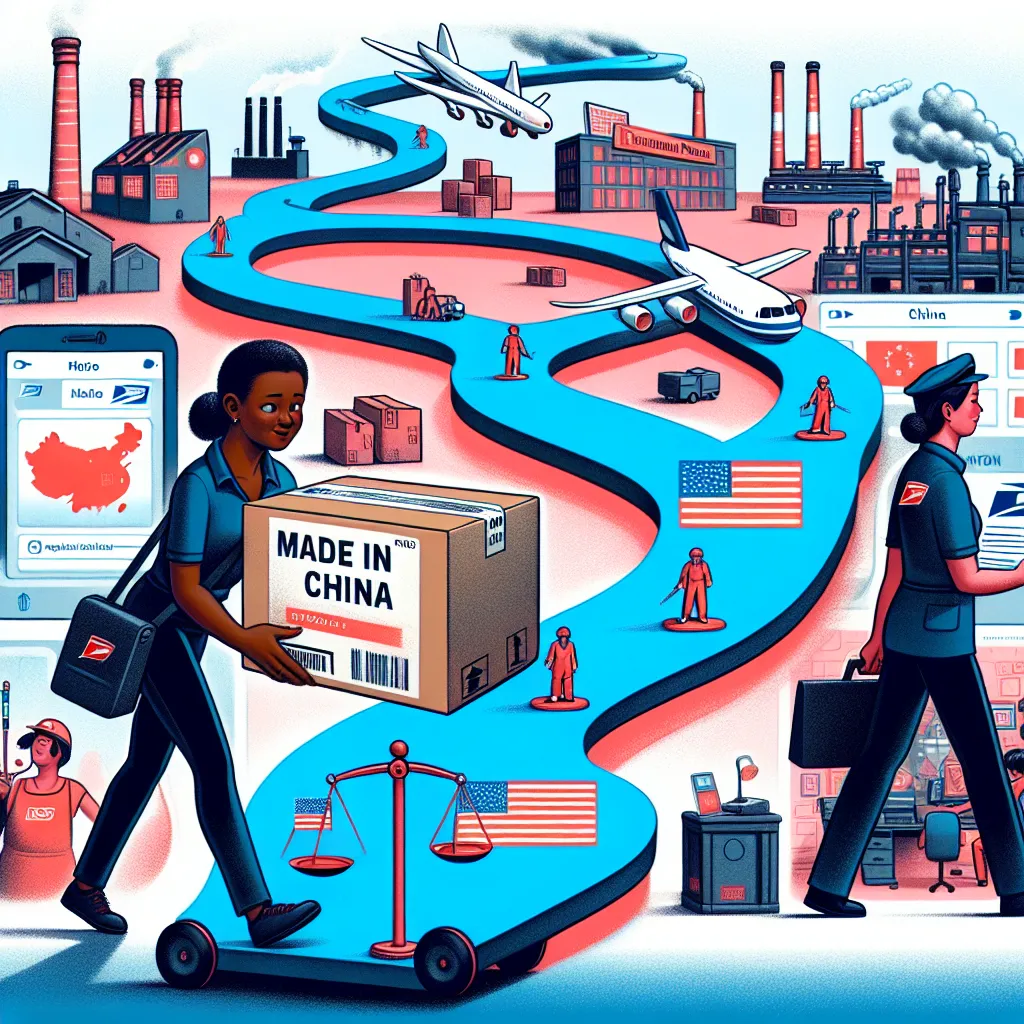Few human achievements have shaped the world’s economy quite like the Panama Canal. If we follow the money—and the human cost—behind its creation, a story of risk, catastrophe, resilience, and radical planning emerges. The canal was never just a shortcut for ships: it was a hazardous leap of faith, first by private financiers and then—after calamity—by a powerful government willing to bet on its own endurance. As we trace the canal’s past, let’s step into the shoes of both the investors who lost everything and the politicians who gambled national reputations on a muddy strip of Central America. Would you stake your life savings—or your country’s treasury—on a project that had already collapsed once in ruin?
History is never tidy. The first to try were the French, flush with pride after the Suez Canal. Their hope: move the world’s trade through Panama, make investors rich, and write a new chapter in engineering lore. It started with confidence and elegance: Ferdinand de Lesseps, the Suez hero, lead the charge. Yet beneath the ambition lay peril. The isthmus was a nest of tropical disease, violent rainfall, and mountains stubbornly resistant to dynamite and men. Workers—lured by promises—died by the thousands, victims to yellow fever and malaria before anyone understood their cause. The financial machinery behind the project was equally flawed. Investors, small and large, poured in capital, trusting glossy reports and patriotic appeals. The shocking truth was that most of the terrain wasn’t even suitable for a sea-level canal, the original plan. Constant floods, tumbling landslides, and tragic losses drove costs ever higher. As the engineer Eiffel, of later iron fame, was called in for emergency design changes, it was already too late.
The numbers were staggering. Over twenty thousand men perished. Nearly a billion dollars, adjusted for today, vanished. Eight hundred thousand investors lost their fortunes. Paris was rocked by scandal. Even politicians fell, as the entire nation realized that enthusiasm couldn’t replace due diligence—or honest risk assessment.
I wonder, could a project of such scale ever succeed if all participants refused to acknowledge what they didn’t know? What invisible risks are we overlooking in the infrastructure plans of today?
The Americans, arriving after the French withdrawal, took a different tack. Instead of speculative finance, the United States government stepped in directly, with all the patience that a treasury and a Congress could muster. The U.S. didn’t just buy up old equipment; they changed the canal’s fundamental design, switched from sea-level to locks and lakes, and rewrote the engineering books. Before construction could even begin, political maneuvering reshaped Panama itself. A carefully orchestrated revolution—complete with warships on the horizon—gave the Americans their own slice of land.
It’s hard to overstate the contrast. From then on, the project was not driven by anxious investors expecting quick returns, but by national strategy, backed by the continent’s largest bureaucracy. When costs soared or schedules faltered, Congress could allocate more money. Bonds, bolstered by the U.S. government’s word, became the project’s bedrock. The approach allowed for mistakes, experimentation, and innovation; it also permitted long-term investments in public health. American intervention in sanitation—draining swamps, fumigating homes, and defending workers from disease—reduced mortality by almost ninety percent. Suddenly, survival was possible.
How did this affect world shipments? The instant the canal opened, trade routes rewrote themselves. Distance between American coasts dropped by 8,000 miles. South American copper and wheat could reach Europe at prices that toppled old port cities from their perch in global trade. The economies of Panama and the United States boomed, while the ports of Liverpool and San Francisco felt the pinch as traffic patterns shifted elsewhere.
Yet, while financial statements have shown profit since 1924, the real value has always gone unmeasured in columns and ledgers. By slicing through a continent, the canal not only made trillions in shipping savings possible, but also reimagined how nations related to each other. America’s agricultural dominance was made real, and international trade became faster and more reliable—all from a project once scorned as impossible.
Let’s pause to consider: What if the U.S. had failed as spectacularly as the French? Would global commerce look anything like it does today? Are we, perhaps, too quick to dismiss government-led infrastructure when the stakes are enormous?
“Success is not the absence of failure; it’s the persistence through failure.” — Aisha Tyler
The Panama Canal’s journey is more than a tale of construction. It is an evolving lesson in risk and reward. First, the unseen must be accounted for: the French did not factor in disease, nor the geology that defied calculation. Today, as climate change and international shocks threaten investment, we must learn to price what isn’t readily visible—be it supply chain fragility or environmental volatility.
Second, sometimes only public institutions can wait out the storms. The U.S. government, free from quarterly earnings reports and shareholder rebellions, had the time horizon to complete a ten-year plan. That patience is hard to replicate in projects chasing venture capital or speculative funding.
Finally, the impact of such works goes well beyond the toll booth. The canal’s value to its financiers was dwarfed by its effect on global markets, labor mobility, and even geopolitics. Modern infrastructure—from high-speed rails to digital backbones—must be judged as much by their multiplier effects as by their direct revenue.
Isn’t it odd that, even after such a public disaster, investors continue to pour money into ambitious schemes without fully respecting these principles? Recent projects, like Brazil’s Belo Monte dam or attempts to cut a new canal through Nicaragua, repeat many of the old errors: underestimating social and environmental costs, over-promising revenue streams, and rushing designs.
In essence, the canal makes clear that the nature of risk changes when you move mountains—or, in this case, remove them. Investors and governments alike must be as creative designing financial tools as the engineers are with concrete and steel. The financing of global trade requires as much courage as its construction.
Each generation thinks its challenges unique, but would the original French backers have fared better had they understood what we know now about climate, disease, and sovereign risk? When we build, are we asking the right questions about who bears the risks and for how long?
“To move the world, first move yourself.” — Socrates
Whenever I look at a map and see the slim thread of blue bisecting the Americas, I’m reminded of how close the canal came to not existing at all. Its story is a cautionary tale for anyone who imagines that money alone can move continents—or who thinks that big ideas never call for big sacrifices. For every ship gliding across Gatun Lake, there are tens of thousands of quiet voices from the past, and investors who wagered more than they could afford.
That’s what makes the Panama Canal a living reminder: every world-changing structure is just as much a product of bold finance, hard-won medical science, and painful lessons, as it is of iron and stone. What might you risk, if you wanted to change the world?






